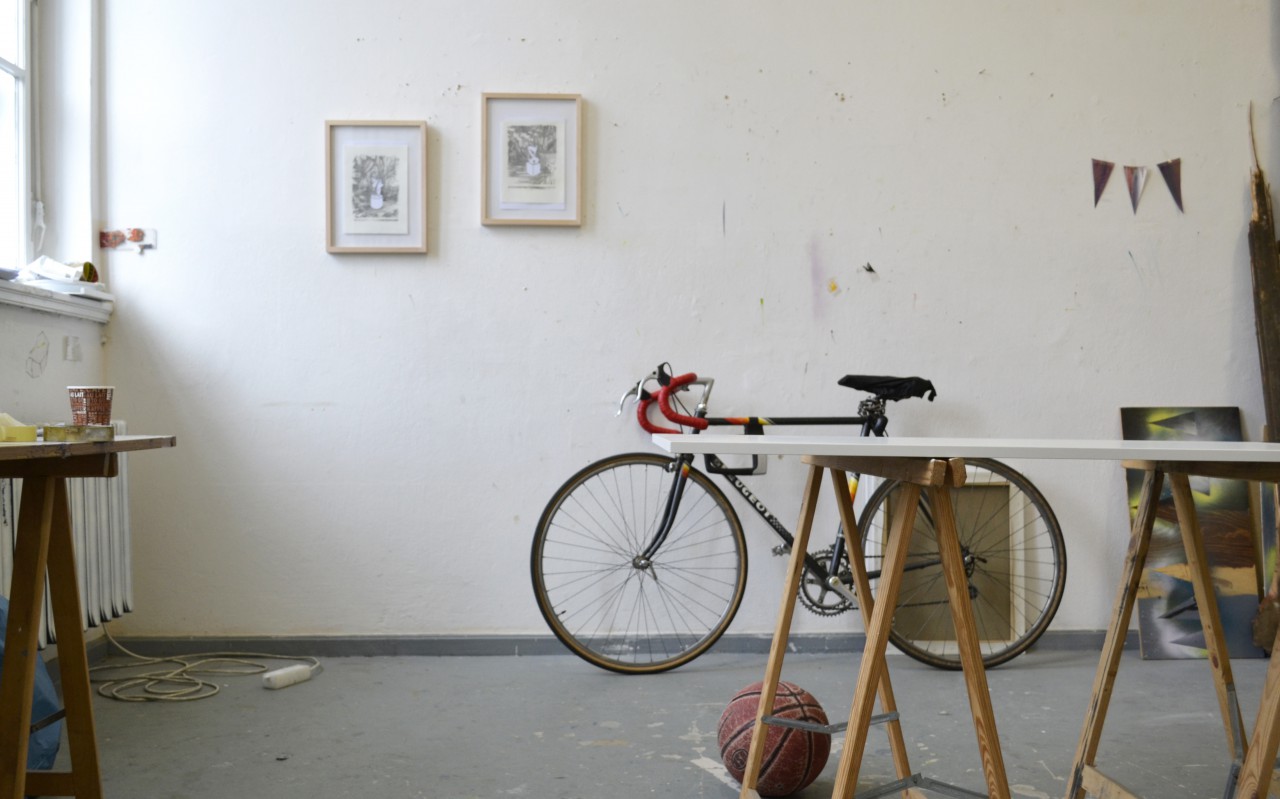
CHRISTOPH BRANDL
...Page is loading...

Berlin / Germany
Matthias Moravek’s Art
That which remained for some years in a flat twodimensional form is now creating its own space. Berlin artist Matthias Moravek, who, up to now has been regarded as an established painter of current captivating landscapes, is expanding his repertoire and taking it into the third dimension. So let‘s start by discussing his paintings.
The landscape has been used as one of the mayor themes of...
Matthias Moravek’s Art
That which remained for some years in a flat twodimensional form is now creating its own space. Berlin artist Matthias Moravek, who, up to now has been regarded as an established painter of current captivating landscapes, is expanding his repertoire and taking it into the third dimension. So let‘s start by discussing his paintings.
The landscape has been used as one of the mayor themes of art since the Renaissance. In past decades, it has been a constant part of art. And Moravek is also a landscape painter. However, he chooses not to share the inclination to use neo-romantic “kitsch” as well as trinkets with many artists of his age group. On the contrary: His landscapes are fragmented, painted in cool colours and applied to the canvas in a crystal-like form. They are full of irony and empty spaces.
The canvas often shines through his compositions. He sometimes applies the paint thickly and expressively; and yet again, he applies it thinly and very exact. His paintings consistently swing between expressive and moderate, but they always deny the viewer a story. The use of these empty spaces, showing the white colour of the primed canvas, is a typical trait which characterises his painting style.
In addition, Moravek separates geometrical forms and images which appear in amazingly different ways from each other by using various types of paint application methods. Sometimes the characteristic style is smeared and thinly applied and at other times expressive and pasty. Then once more, we discover the colour grade in a hard crystal-like form. Nothing is done by accident. These paintings are deliberate, and at the same time, constructed architecturally. Moravek is not a neo-romantic, which his series of ”satellite images“ have already shown, where he translated examples from the Internet onto canvas.
Although Matthias Moravek’s artwork is contemplative, it is still constantly flowing. New, encapsulated colour objects, constructed with a plug-in principle, are currently being built — works which lie between painting and sculpture, quite in the tradition of the avant-garde of the early 20th century, but still using the influence of decontructivism rather than deconstructionism in the post-modern period. Moravek has already shown his preference for using separated and divided spaces within his tectonically- stylised method which he is now also dividing and breaking into a third dimension. Moravek understands these asymmetrical objects as an analysis of his painting, objects which we now can con- ceive as late descendants of cubist paintings — in their many facets and multiple perspectives.
The main theme of his work relates to the staging of nature. White areas emphasise both the presence and absence of things and show the artificiality of what is portrayed in our perception of landscape. It is no coincidence that Moravek allows himself to be continuously inspired by dioramas in natural history museums. The artificially-staged scene distorts the over all effect. We are walking here on shaking ground and it makes sense to take these pictures as signs that show us the right way.
The way in which Moravek permits various things to collide with each other quite abruptly – in his style of painting, but also that WHICH he shows us — all of these things lead the beholder to areas of uncertainty. The ”empty space“ — a term that is well known from the literary aesthetics of reception — could be called a constancy of his work. What is required here is a viewer who succeeds in absorbing different perspectives. Hence, a practiced reader of pictures.
A blank space is in crystallography a place where the usual arrangement of atoms, ions or molecules in the crystal lattice remains unoccupied. These unoccupied, pictorial empty spaces lie at the underlying core of Matthias Moravek’s fascinating art.
Marc Peschke
Translation: Derry Birdsall
Galerie Andras Greulich | http://www.galerie-greulich.de
Galerie Anja Knoess | http://www.galerieanjaknoess.de